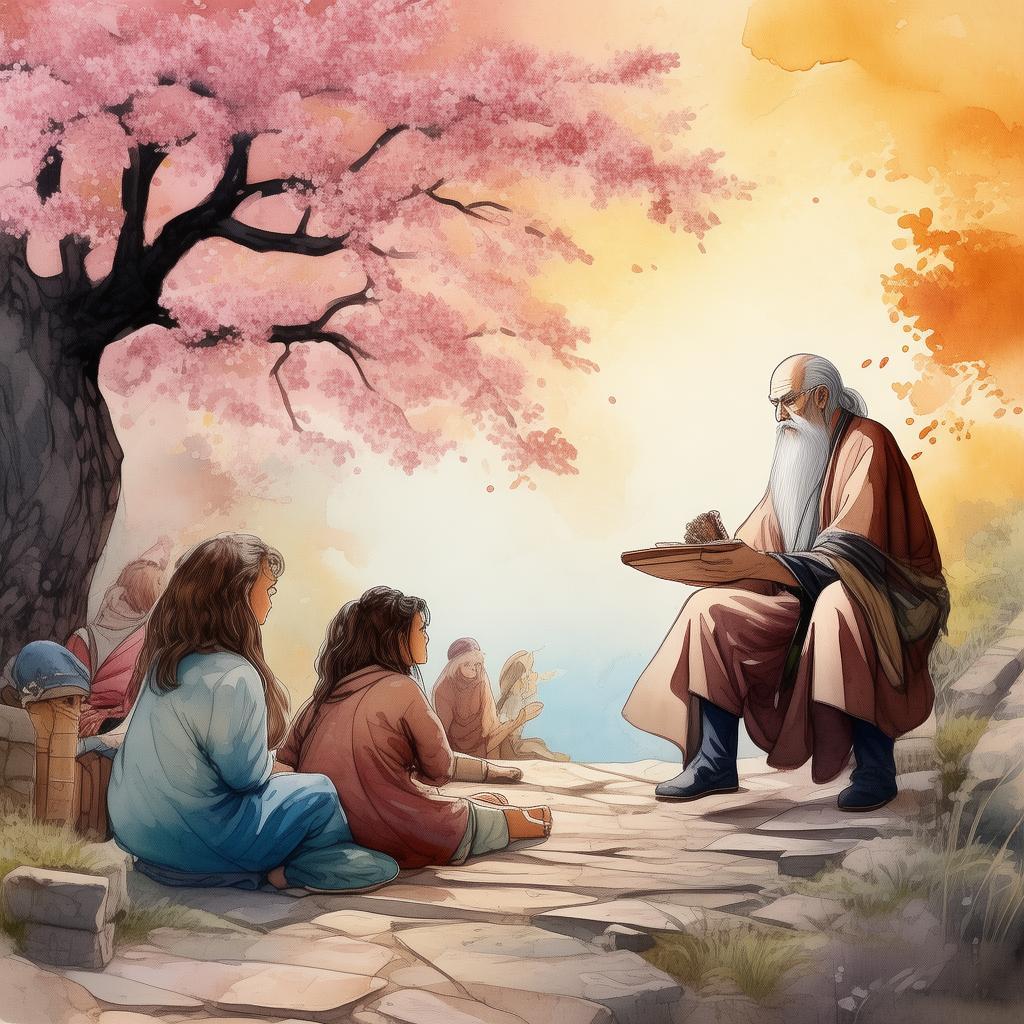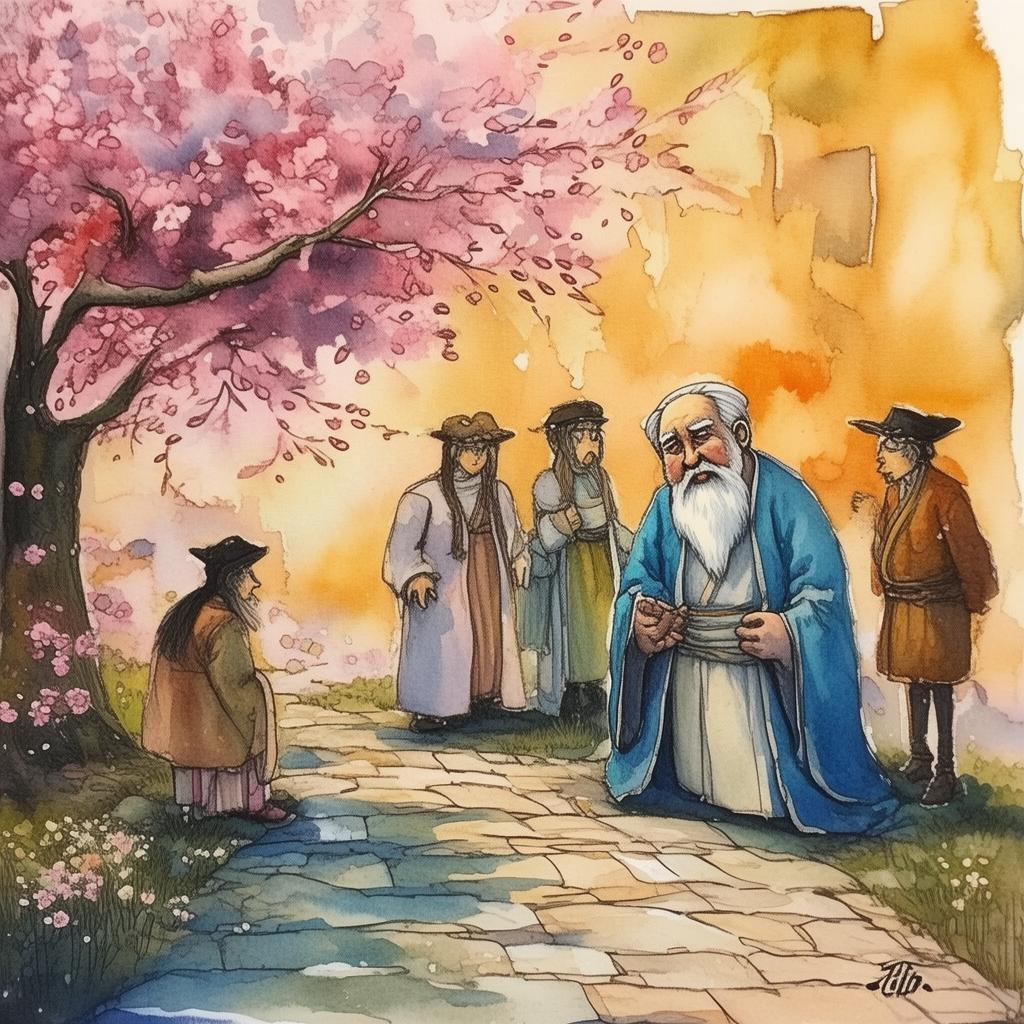The Golden Ratio's Paradox: The Quest for Balance
In the bustling city of Shanghai, a young architect named Ming was known for his unique ability to design buildings that seemed to defy the laws of gravity. His latest project, a skyscraper that was to become the centerpiece of the city's skyline, was a testament to his talent. However, Ming was unsatisfied. He felt that something was missing from his work—a sense of balance that was elusive and intangible.
One evening, as Ming wandered through the city's ancient alleys, he stumbled upon an old bookstore. The place was dimly lit, filled with the scent of aged paper and the soft hum of distant conversations. Ming was drawn to a dusty book on the shelf, its title glowing faintly in the dim light: "The Golden Ratio's Revolution: A New Balance in a New World." Intrigued, he purchased the book and made his way back to his apartment.
As he delved into the book, Ming learned about the Golden Ratio, a mathematical constant discovered in ancient Greece that was believed to be the key to beauty and harmony. The ratio, approximately 1.618, was found in nature, art, and architecture, and was said to be the secret to creating aesthetically pleasing and structurally sound designs.
Ming was captivated by the concept and decided to incorporate the Golden Ratio into his skyscraper design. He spent countless hours perfecting the proportions, ensuring that every aspect of the building adhered to the ratio. The result was a stunning structure that seemed to defy the laws of physics, with each curve and angle harmoniously balanced.
As the building's construction neared completion, Ming invited a group of architects and engineers to a grand unveiling. The crowd was awestruck by the beauty and symmetry of the building. However, as they admired the structure, Ming noticed a growing unease among his colleagues. They whispered among themselves, their expressions filled with concern.
"What's wrong?" Ming asked, feeling a sudden wave of anxiety.
One of the architects, an old friend named Li, stepped forward. "Ming, I think we've lost something important. The building is perfect, yes, but it lacks life. It's too balanced, too... perfect."

Ming was taken aback. "What do you mean?"
Li sighed. "The Golden Ratio is a tool, not a rule. True balance comes from the imperfections, the irregularities that make a building, a city, a life, real."
Ming's heart raced. He had been so focused on achieving mathematical perfection that he had forgotten the essence of what he was trying to create. He realized that the pursuit of balance was a paradox—it could be achieved only by embracing imperfection.
Determined to rectify his mistake, Ming began to make changes to the building. He added irregularities, asymmetries, and even flaws. The result was a building that was no longer perfect, but it was alive, breathing, and full of character.
The unveiling was a success. The crowd was captivated by the new design, and Ming felt a sense of relief and fulfillment he had never experienced before. He had learned that true balance was not about adhering to a mathematical formula, but about finding harmony in the natural world, with all its imperfections.
As the years passed, Ming continued to design buildings, each one more unique and vibrant than the last. He had found his balance, not in numbers, but in the art of living, in the beauty of the world's imperfections.
The Golden Ratio's Paradox: The Quest for Balance is a story of a young architect's journey to discover the true essence of balance, and how he learned that the pursuit of perfection can lead to a greater appreciation for life's imperfections.
✨ Original Statement ✨
All articles published on this website (including but not limited to text, images, videos, and other content) are original or authorized for reposting and are protected by relevant laws. Without the explicit written permission of this website, no individual or organization may copy, modify, repost, or use the content for commercial purposes.
If you need to quote or cooperate, please contact this site for authorization. We reserve the right to pursue legal responsibility for any unauthorized use.
Hereby declared.









